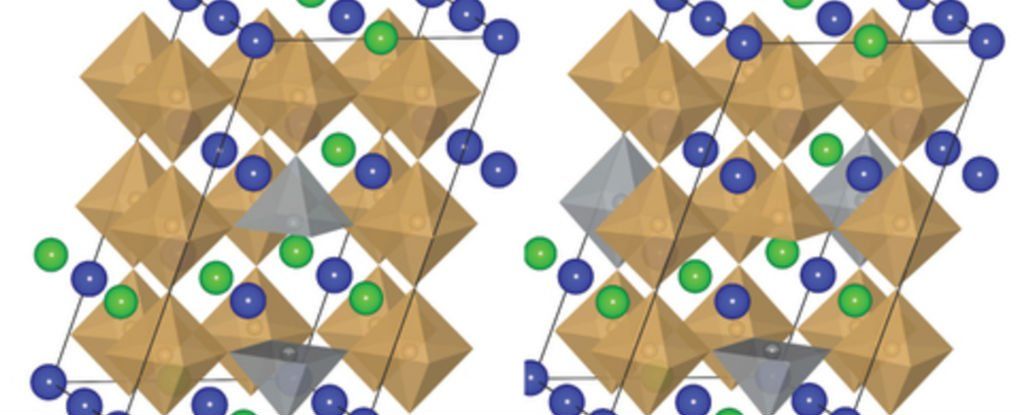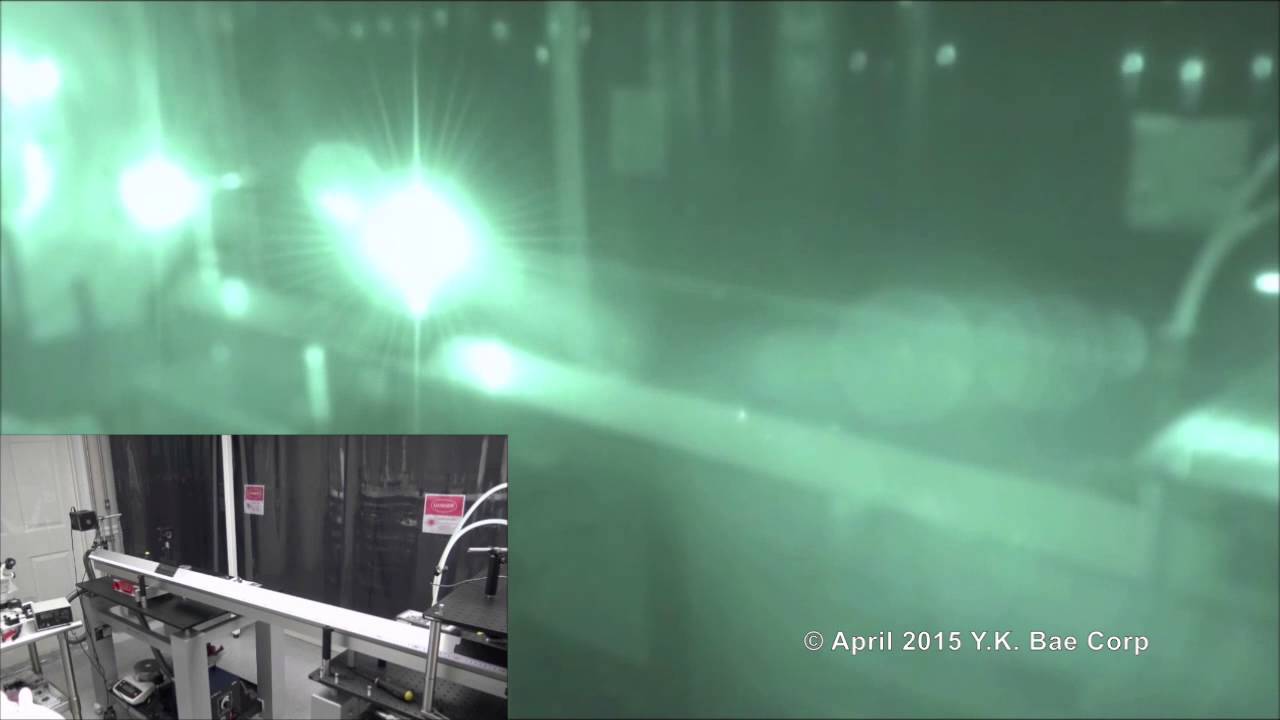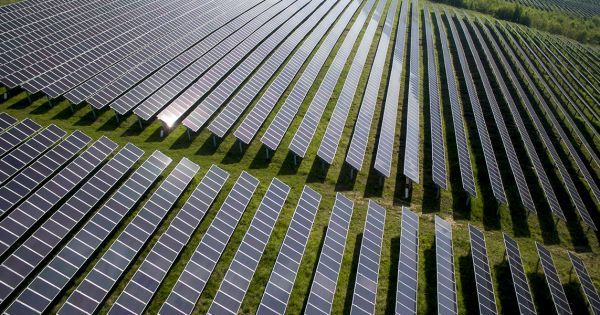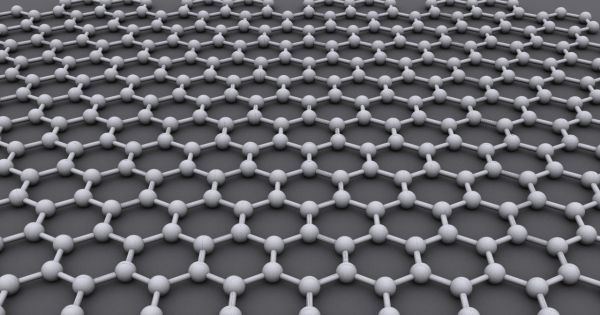Feb 11, 2017
This New Material Can Turn Sunlight, Heat, and Movement Into Electricity
Posted by Shane Hinshaw in categories: solar power, sustainability
Scientists have discovered that a certain type of mineral has the right properties to extract energy from multiple sources at the same time — turning solar, heat, and kinetic energy into electricity.
The mineral is a type of perovskite — a family of minerals with a specific crystal structure — and this is the first time researchers have identified one that can convert energy from all three sources at room temperature.
Since the first perovskite solar cell was invented back in 2009, these minerals have been positioned as the ‘next big thing’ in renewable energy technology.
Continue reading “This New Material Can Turn Sunlight, Heat, and Movement Into Electricity” »
















